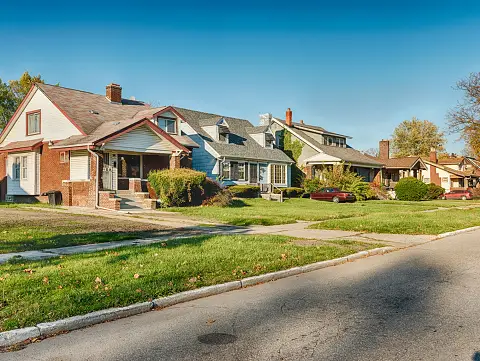
Introduction:
Investing in real estate can be highly lucrative, but it’s not without its challenges. One of the key considerations for investors and property flippers is understanding holding costs. Holding costs encompass the expenses associated with owning a property over time, from mortgage payments and property taxes to maintenance and utilities. Factoring in holding costs is essential for accurately assessing the profitability of an investment and avoiding financial pitfalls. In this comprehensive guide, we will delve into the concept of holding costs, their components, and strategies for effectively managing them to maximize returns.
Understanding Holding Costs:
Holding costs refer to the ongoing expenses incurred while owning a property. These costs can significantly impact the profitability of an investment, particularly in the case of properties held for an extended period. It’s crucial for investors and property flippers to understand and account for holding costs throughout the investment lifecycle.
Components of Holding Costs:
- Mortgage Payments: Mortgage payments constitute a significant portion of holding costs for property owners who finance their acquisitions through loans. These payments typically include principal and interest and can vary depending on the loan terms and interest rates.
- Property Taxes: Property taxes are levied by local governments based on the assessed value of the property. Investors must budget for property taxes, which can fluctuate over time due to changes in property assessments and tax rates.
- Insurance: Property insurance, including homeowners’ insurance for residential properties and commercial property insurance for commercial properties, is essential for protecting against unforeseen events such as fire, theft, or natural disasters. Insurance premiums contribute to holding costs and should be factored into investment calculations.
- Utilities: Utilities such as electricity, water, gas, and sewer services are ongoing expenses associated with property ownership. Investors must account for these costs, which can vary depending on factors such as property size, location, and usage patterns.
- Maintenance and Repairs: Properties require regular maintenance and occasional repairs to preserve their value and functionality. From routine tasks like lawn care and HVAC servicing to major repairs such as roof replacement or plumbing fixes, these expenses contribute to holding costs over time.
- Homeowners’ Association (HOA) Fees: For properties located within planned communities or condominiums, homeowners’ association fees may apply. These fees cover expenses such as community amenities, landscaping, and maintenance of common areas, adding to the overall holding costs for property owners.
- Vacancy and Turnover: Vacancy periods and tenant turnover can lead to lost rental income and additional expenses associated with marketing, screening, and preparing the property for new tenants. Investors should anticipate these costs and incorporate them into their financial projections.
Managing Holding Costs Effectively:
Now that we’ve explored the components of holding costs, let’s discuss strategies for managing them effectively:
- Conduct Thorough Due Diligence: Before acquiring a property, conduct comprehensive due diligence to accurately assess potential holding costs. This includes researching property taxes, insurance premiums, utility rates, and any applicable HOA fees.
- Budget Conservatively: When estimating holding costs, err on the side of conservatism by including a buffer for unexpected expenses. Factor in contingencies for maintenance, repairs, and potential vacancies to avoid being caught off guard by unforeseen costs.
- Implement Cost-Saving Measures: Look for opportunities to minimize holding costs through cost-saving measures such as energy-efficient upgrades, preventive maintenance, and competitive bidding for insurance coverage. Negotiate favorable terms with service providers whenever possible to reduce ongoing expenses.
- Optimize Property Management: Efficient property management can help mitigate holding costs by ensuring timely rent collection, proactive maintenance, and swift resolution of tenant issues. Consider partnering with experienced property managers or investing in property management software to streamline operations and maximize returns.
- Monitor and Adjust: Regularly monitor holding costs and financial performance to identify areas for improvement. Evaluate the effectiveness of cost-saving measures and adjust strategies as needed to optimize profitability and minimize risk.
Conclusion:
Factoring in holding costs is essential for investors and property flippers to make informed decisions and achieve long-term success in real estate investing. By understanding the components of holding costs, implementing effective management strategies, and staying vigilant in monitoring financial performance, investors can mitigate risks, maximize returns, and build wealth through real estate investment. Remember, success in real estate hinges not only on acquiring properties but also on managing them wisely to minimize expenses and maximize profitability in the long run. Visit our website for more details.

